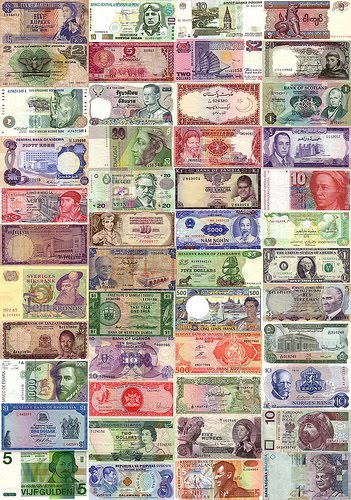
The Malaysian ringgit (plural: ringgit; formerly the Malaysian dollar) is the currency of Malaysia. It is divided into 100 sen (cents) and its currency code is MYR (Malaysian Ringgit). The ringgit is issued by the Bank Negara Malaysia.
On June 12, 1967, the Malaysian dollar, issued by the new central bank, Bank Negara Malaysia, replaced the Malaya and British Borneo dollar at par. The new currency retained all denominations of its predecessor except the $10,000 denomination, and also brought over the colour schemes of the old dollar. Over the course of the following decades, minor changes were made on the notes and coins issued, from the introduction of the M$1 coin in 1967, to the demonetisation of M$500 and M$1000 notes during the 1990s.
The use of the dollar sign "$" (or "M$") was not replaced by "RM" (Ringgit Malaysia) until the 1990s, though internationally "MYR" (MY being the country code for Malaysia) is more widely used.










